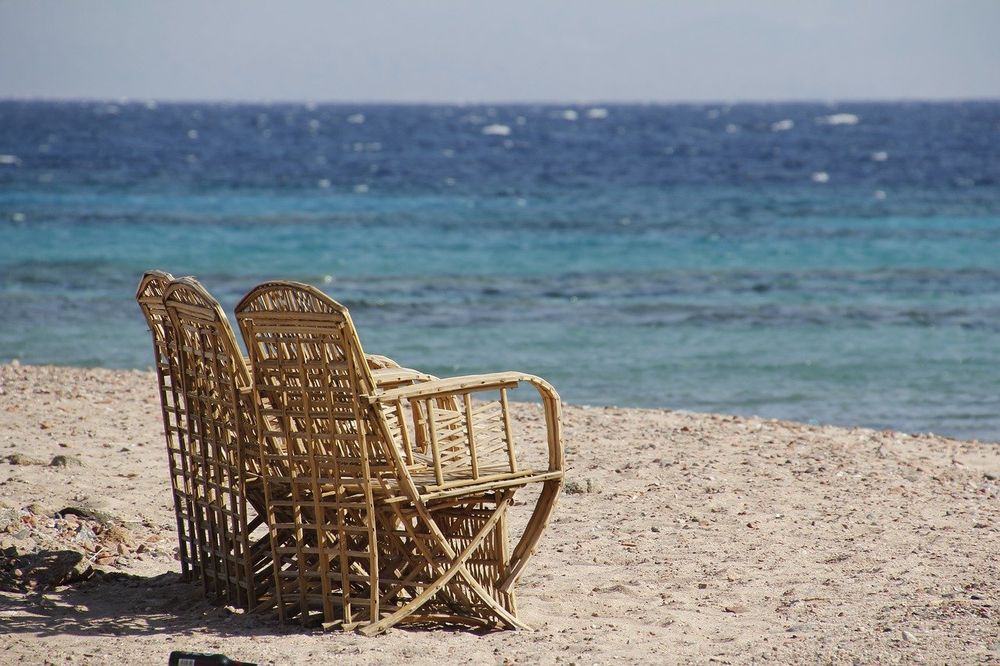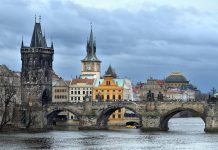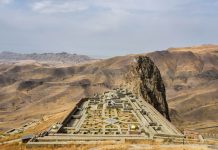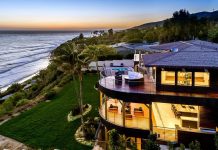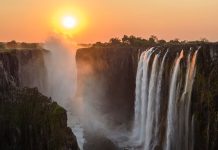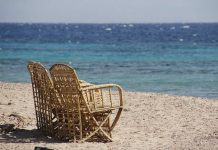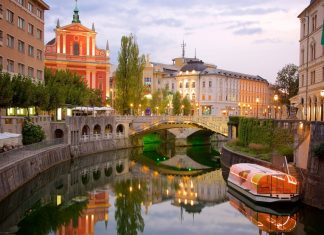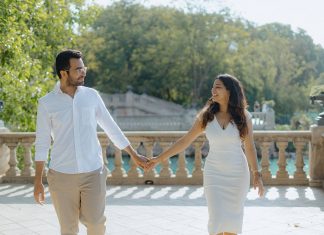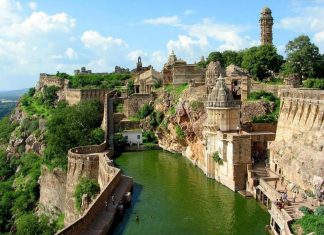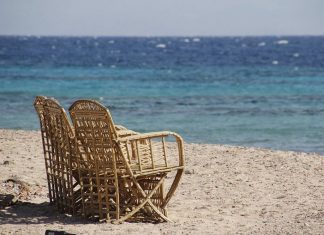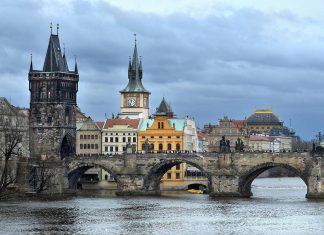The largest and most centrally located of the Central American republics, Nicaragua equals England and Wales in size, but those 120,254 square kilometers are filled with some of the greatest concentration of volcanoes and inland bodies of water in the world. The landscape of the country can be divided into three distinct regions: the Atlantic lowlands in the east, the Pacific lowlands in the west, and a mountainous central region in between. A row of volcanoes runs through the Pacific lowlands, that extends northward into El Salvador , and southward into Costa Rica-linking the isthmus in a volcanic spine that has helped to create the rich soil and turbulent geological histories of the region. Known for its intriguing scenery and its friendly people it features an abundance of lakes, rivers, volcanoes, colonial cities, untouched forests and sandy beaches.
Archeological evidence indicates that Nicaragua has been inhabited for nearly 6,000 years. It wasn’t until 1519 that Europeans landed on Nicaraguan soil from an expedition originating in Panama . Within 5 years colonies were established in Leon and Granada , and the country maintained its link to Spain until Independence in 1821.
Nicaragua’ s exuberant geography is a land of poets and artists. Nicaraguan culture flourished during colonial times and Ruben Dario is currently known as the “Prince of Spanish – American Literature”. His writings inspired modern poetry movements and literary currents.
The same agricultural products the existed over a hundred and fifty years ago still maintain Nicaragua’ s economy. Coffee, sugar and cotton are important crops, now joined by bananas, and the raising or harvesting of beef and seafood. After peace was established in the 1990s, nature tourists began to see Nicaragua as a possible destination. Despite the challenges of civil conflict, in the mid 1970s Nicaragua began to create an infant park system, beginning with Masaya National Park . Perhaps due to some of these challenges, the country’s rain forests have yet to be studied as thoroughly as those in the rest of the isthmus, so the rugged beauty of Nicaragua remains for exploration, from the depths of its "sweet seas" to the heights of its many volcanic peaks.
Nicaragua is a county made for tourism. Its rich history, friendly people and dramatic landscapes are waiting to be explored. The tourist that is able to see beyond Nicaragua’ s reputation as a troubled country due to political turmoil and natural disasters will be rewarded with unforgettable memories and an authentic travel experience.
Nicaragua is the ideal destination for the adventure traveler who is seeking something truly unique.
There are endless reasons to fall in love with this beautiful country that borders Costa Rica to the north. Besides its’genuine warm-hearted people, some of the many things to enjoy in Nicaragua include: enormous lakes, magical volcanoes, tropical rivers, lush green forests, and broad sun soaked beaches.

